Classification and selection of fluorine-lined valves
Fluorine-lined valves, anti-corrosion valves, corrosion-resistant special valves
Introduction to fluorine-lined valves and corrosion-resistant valves:
Fluorine-lined valve, also known as fluorine-lined plastic corrosion-resistant valve, is a method of molding (or inlaying) polytetrafluoroethylene resin and placing it on the inner wall of the valve pressure part or the outer surface of the valve inner part. (The same method applies to all The lining of similar pressure vessels and pipeline accessories), using its unique performance in resisting strong corrosive media, is made into a special corrosion-resistant valve. Simply put, fluorine-lined valve is to use the lining process for all the places in the valve body that the medium can reach.
The lining material of fluorine-lined valves generally adopts FEP (F46) and PCTFE (F3) and other fluoroplastics,

double eccentric butterfly valve (6)
which can be applied to various concentrations of sulfuric acid, hydrochloric acid, hydrofluoric acid, aqua regia and various organic acids, strong acids, strong oxidants and others Corrosive media and other pipelines, but fluorine-lined valves are relatively limited by temperature, and are only suitable for media between -50°C and 150°C.
Classification of fluorine-lined valves and corrosion-resistant valves:
Common fluorine-lined plastic valves are: fluorine-lined butterfly valves, fluorine-lined ball valves, fluorine-lined globe valves, fluorine-lined diaphragm valves, fluorine-lined gate valves, fluorine-lined plug valves, etc.
1. Fluorine lined ball valve
The ball valve with fluoroplastic lining layer has extremely high chemical stability and is suitable for any strong corrosive chemical medium. The structure is a full-pass floating ball valve structure. The element leakage closes in the entire pressure range, which is convenient for the pipeline system to pass Ball sweep line and pipeline maintenance.
2. Fluorine-lined butterfly valve
Used in occasions requiring reliable sealing and good adjustment characteristics. The valve body of the fluorine-lined butterfly valve adopts a split type, and the sealing of the current end of the valve shaft is controlled by adding fluorine rubber to the rotating base surface between the butterfly plate and the valve seat, so as to achieve compact structure, beautiful appearance, reasonable process and reliable performance. The fluorine-lined butterfly valve ensures that the valve shaft does not contact the fluid medium in the cavity. It is very convenient to replace the valve shaft. The fluorine-lined butterfly valve can be completed without removing the pipeline.
3. Fluorine lined gate valve
One of the most common open-close valves, which use wedge-shaped gates sealed on both sides to connect or cut off the medium in the pipeline. The wedge gate valve does not allow a small amount of opening to be used as a throttling device in the pipeline to avoid high-speed flow The medium erodes and accelerates the damage of the sealing surface.
4. Fluorine-lined plug valve
The structure is compact and reasonable, the internal cavity space of the valve is minimal, and the medium retention is reduced. In addition, the special molding process makes the sealing surface dense, and the combination of herringbone ring PTFE packing enables the valve to achieve zero leakage; this series is for various It is designed for automatic opening and closing control of the pipeline of strong corrosive medium.
5. Fluorine-lined globe valve
The valve can be unblocked or blocked by lifting the valve flap. The valve flap and the inner side of the valve body are all made of fluoroplastic lining. It has the advantages of light switch, small size, reliable sealing, simple structure, convenient maintenance and wide range of use.
6. Fluorine-lined check valve
The fluorine-lined check valve only allows the medium to flow in one direction and prevents the flow in the opposite direction. Usually this fluorine-lined check valve works automatically. Under the pressure of one direction, the valve flap opens and the liquid flows in the opposite direction. There are liquid pressure and the weight of the valve flap, and the closing valve flap acts on the valve weight to cut off the flow. Fluorine-lined check valve includes lift check valve, swing check valve, wafer check valve and so on. H41F46 fluorine-lined check valve is suitable for various concentrations of aqua regia, sulfuric acid, hydrochloric acid, hydrofluoric acid and various organic acids, strong acids, and strong oxidants at -50℃~150℃. FEP is also suitable for various concentrations of strong alkali Use on pipelines of organic solvents and other corrosive gases and liquid media.

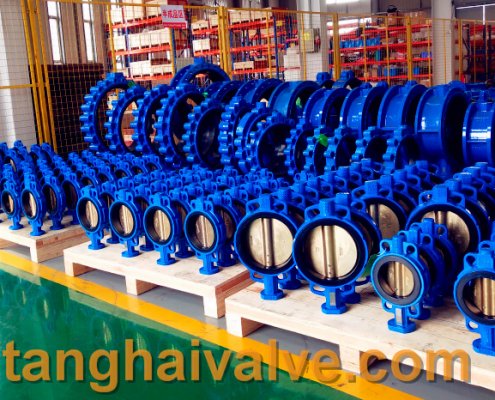
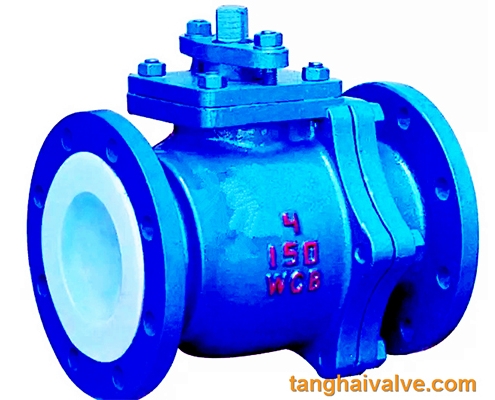
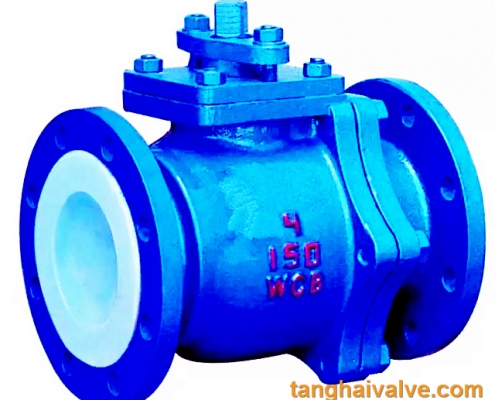
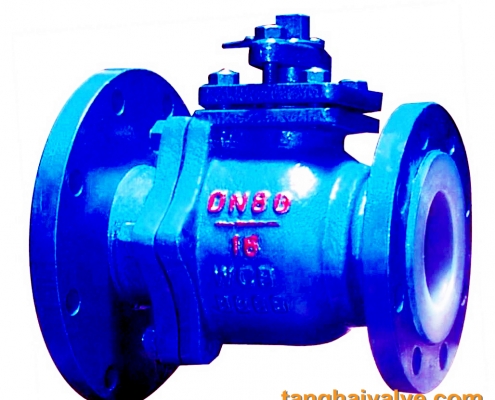
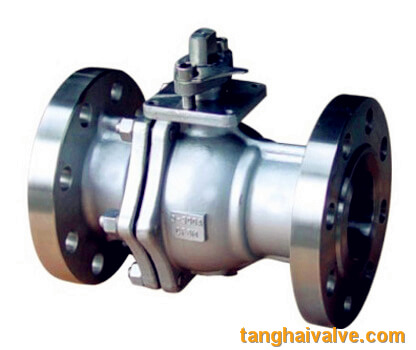
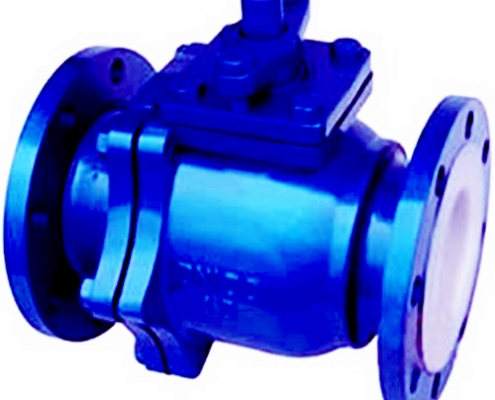


 © Copyright 2020 Tianjin Tanghaidongyang Valve Co., Ltd. All Rights Reserved.
© Copyright 2020 Tianjin Tanghaidongyang Valve Co., Ltd. All Rights Reserved.